The earliest discernible Mother’s day comes from 1200-700BC, descending from the Phrygian rituals of modern day Turkey and Armenia. “Cybele” was the great Phrygian goddess of nature, mother of the Gods, of humanity, and of all the beasts of the natural world, her cult spreading throughout Eastern Greece with colonists from Asia Minor.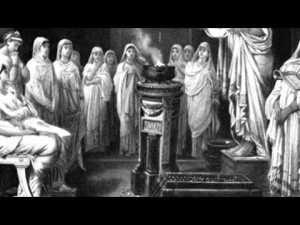
Much of ancient Greece looked to the Minoan Goddess Rhea, daughter of the Earth Goddess Gaia and the Sky God Uranus, mother of the Gods of Olympus. Over time the two became closely associated with the Roman Magna Mater, each developing her own cult following and worshiped through the period of the Roman Empire.
In ancient Rome, women partook of a festival, strictly forbidden to Roman men. So strict was this line of demarcation that only women were permitted even to know the name of the deity. For everyone else she was simply the “Good Goddess”. The Bona Dea.
In the sixteenth century, it became popular for Protestants and Catholics alike to return to their “mother church” whether that be the church in which they were baptized, a local parish church, or the nearest cathedral. Anyone who did so was said to have gone “a-mothering”.
Domestic servants were given the day off and this “Mothering Sunday”, the 4th Sunday in Lent, was often the only time when whole families could get together. Children would gather wild flowers along the way, to give to their own mothers or to leave in the church. Over time the day became more secular, but the tradition of gift giving continued.

Ann Maria Reeves Jarvis was a social activist in mid-19th century western Virginia. Pregnant with her sixth child in 1858, she and other women formed “Mothers’ Day Work Clubs”, to combat the health and sanitary conditions which were leading at that time to catastrophic levels of infant mortality.
Jarvis herself gave birth between eleven and thirteen times in a seventeen year period. Only four lived to adulthood.
Jarvis had no patience for the sectional differences which brought the nation to Civil War, nor the squabbles which led her own locality to secede and form the state of West Virginia, in order to rejoin the Union.
Jarvis refused to support a measure to divide the Methodist church into northern and southern branches. She would help Union and Confederate soldier alike if she could. It was she alone who offered a prayer when others refused, for Thornsbury Bailey Brown, the first Union soldier killed in the vicinity.
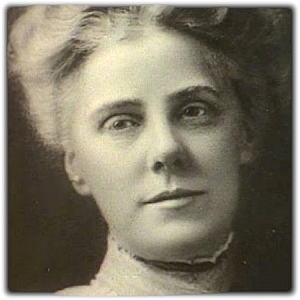
Following Jarvis’ death in 1905, her daughter Anna conceived of Mother’s Day as a way to honor her legacy and to pay respect for the sacrifices that all mothers make on behalf of their children.
Obtaining financial backing from Philadelphia department store owner John Wanamaker, Anna Jarvis organized the first official Mother’s Day celebration at a Methodist church in Grafton, West Virginia. That same day, thousands attended the first Mother’s Day event at Wanamaker’s store in Philadelphia.
Anna Jarvis resolved that Mother’s Day be added to the national calendar, and a massive letter writing campaign ensued. On May 9, 1914, President Woodrow Wilson signed a measure declaring the second Sunday of May, to be Mother’s Day.
 Anna Jarvis believed Mother’s Day to be a time of personal celebration, a time when families would gather to love and honor their mother.
Anna Jarvis believed Mother’s Day to be a time of personal celebration, a time when families would gather to love and honor their mother.
In the early days, Jarvis worked with the floral industry to help raise the profile of Mother’s Day. By 1920 she had come to resent what she saw as the commercialization of the day.
Greeting cards seemed a pale substitute for the hand written personal notes she envisioned. Jarvis protested a Philadelphia candy maker’s convention in 1923, deriding confectioners, florists and even charities as “profiteers”. Carnations had by this time become symbolic of Mother’s Day. Jarvis resented that they were being sold at fundraisers. She protested at a meeting of the American War Mothers in 1925 where women were selling carnations, and got herself arrested for disturbing the peace.
Soon she was launching an endless series of lawsuits against those she felt had used the “Mother’s Day” name in vain.
During the last years of her life, Anna Jarvis lobbied the government to take her creation off of the calendar, even gathering signatures door-to-door to get the holiday rescinded. The effort was obviously unsuccessful. The mother of mother’s day died childless in a sanitarium in 1948, her personal fortune squandered on legal fees.
Today, some variation of Mother’s Day is observed from the Arab world to the United Kingdom. In the United States, Mother’s Day is one of the most commercially successful days of the year for flower and greeting card sales, and the biggest day of the year for long-distance telephone calls. Church attendance is the third highest of the year, behind only Christmas and Easter. Many churchgoers celebrate the day with carnations: colored if the mother is still living and white if she has passed on.
Happy Mother’s Day

Mom,
The 5-year old redneck kid fished all morning off that ocean pier, without catching a thing. A kindly stranger took pity, and brought him a frozen rainbow trout. The boy ran all the way home to show his mother the Magnificent Fish™ he had caught. She was careful to show great admiration: frozen, cleaned & gutted, white-eyed fresh water species, though it was.
The 6-year old was sent home from school, not understanding why his teacher had carried on so over that green snake. Mom was there to fix him a hot lunch and tell him it was OK, just as she had that time he poked a stick into all…those…fire…ants.
Come Christmas morning, Mom joined in with the whole family to help the ten year old deliver his newspapers. Work comes first, she might have said, before the good stuff.
She never objected too much when the thirteen year old brought home yet another stray animal. She always made him do what he said he’d do, whether it was taking care of those strays, or making him cut his customer’s lawns. Even the night Dad had to carry him home unconscious after all that…umm, never mind.
She was worried when her sixteen year old got so sick he threw up on the ceiling. I don’t think she knew. That’s what happens, when you swallow a stick of chewing tobacco.
Mom could have had a private entrance at the local emergency room, so often was she there with the eighteen year old fool and his knucklehead brothers, following the latest kamikaze attack, on themselves. There was always that post-ER consolation dinner, fried clams at Friendly’s Restaurant, often chewed with stitched up faces and broken teeth.
From swimming lessons to girlfriends, from drunken debaucheries to bacon & eggs after night shifts, from kids and grandkids through marriage and divorce and remarriage. Mom was always there with a smile and a hot meal. Even though sometimes, I better deserved a punch in the face.
I haven’t said “I love you” often to my mother, though I always have and always will.
Thank you, Mom, for everything. You’ve been a Mother, a Grandmother and a Great-Grandmother. From a world of middle-age “children” to those early moves of a young military family, through it all, you’ve always made the house you live in, feel like Home.










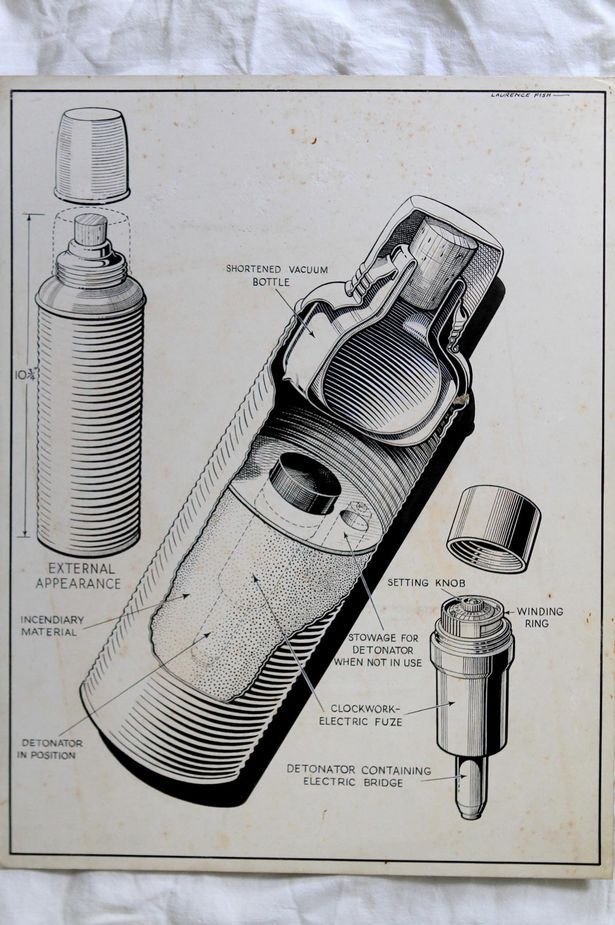
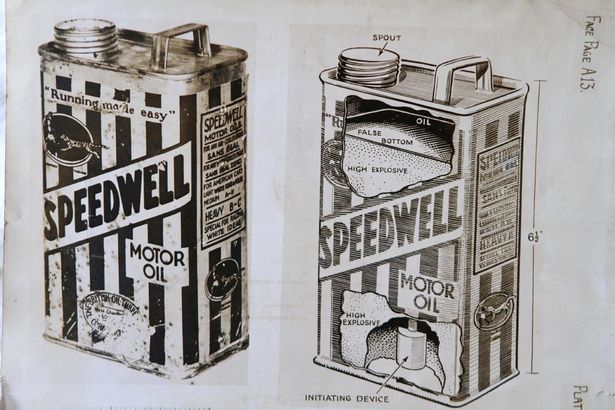

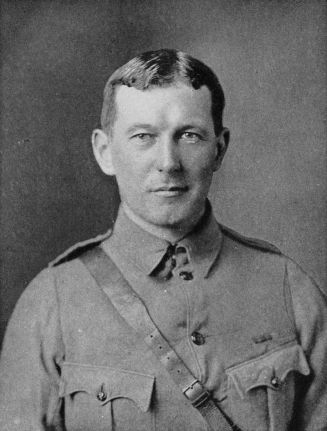 John McCrae was a physician and amateur poet from Guelph, Ontario. Following the outbreak of war in 1914, McCrae enlisted in the Canadian Expeditionary Force at the age of 41. He had the option of joining the medical corps based on his age and training, but volunteered instead to join a fighting unit as gunner and medical officer.
John McCrae was a physician and amateur poet from Guelph, Ontario. Following the outbreak of war in 1914, McCrae enlisted in the Canadian Expeditionary Force at the age of 41. He had the option of joining the medical corps based on his age and training, but volunteered instead to join a fighting unit as gunner and medical officer.














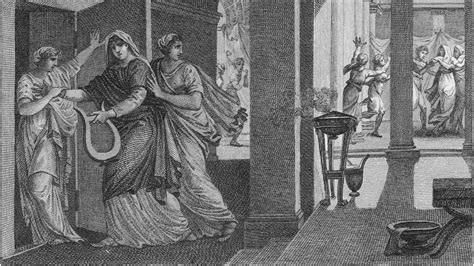

You must be logged in to post a comment.